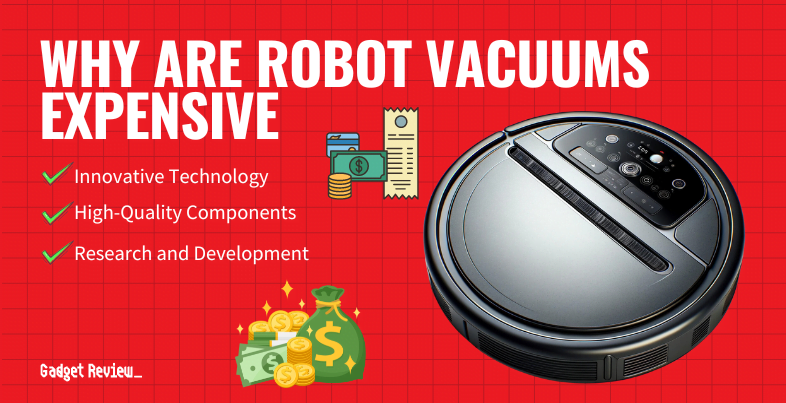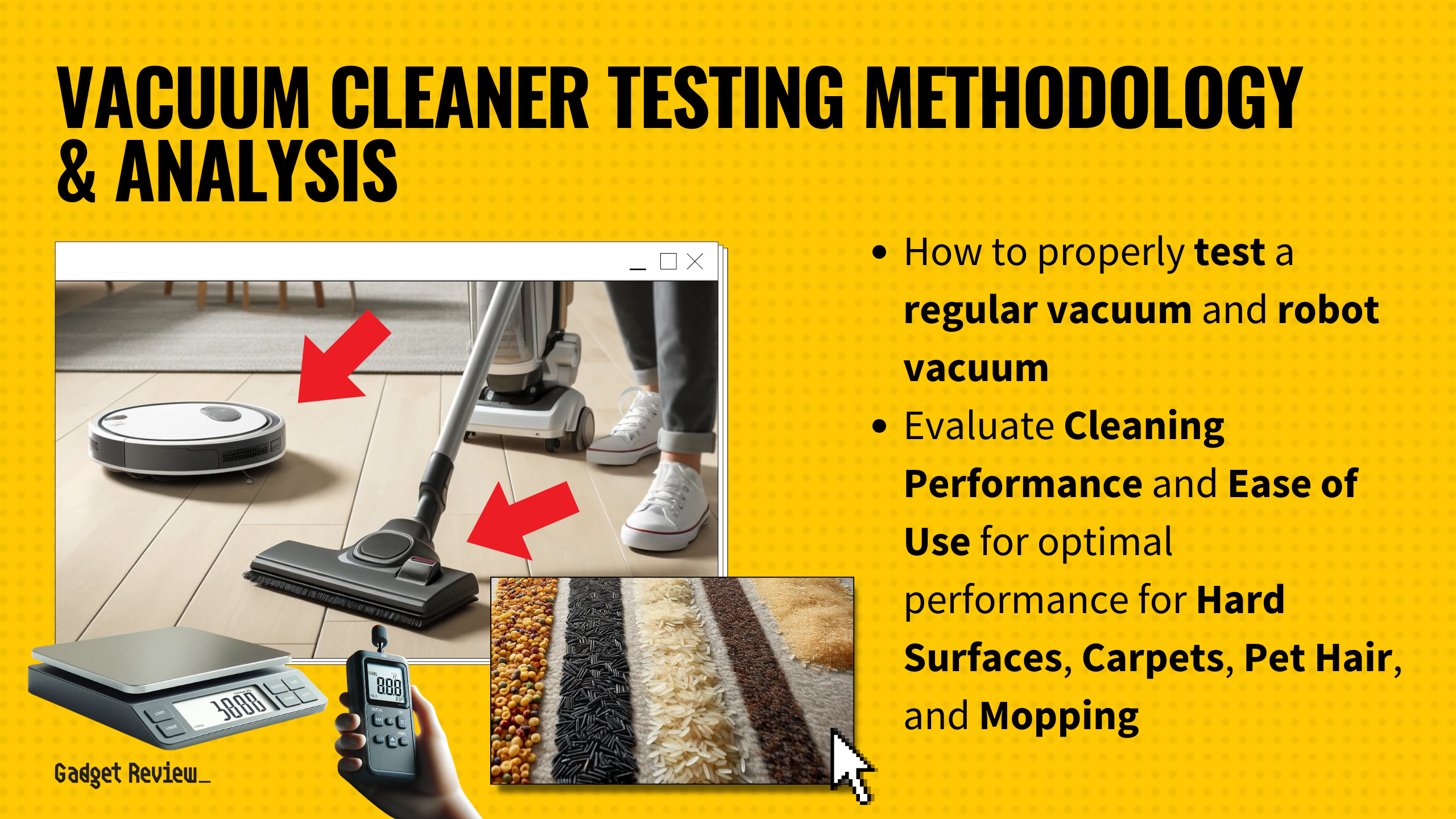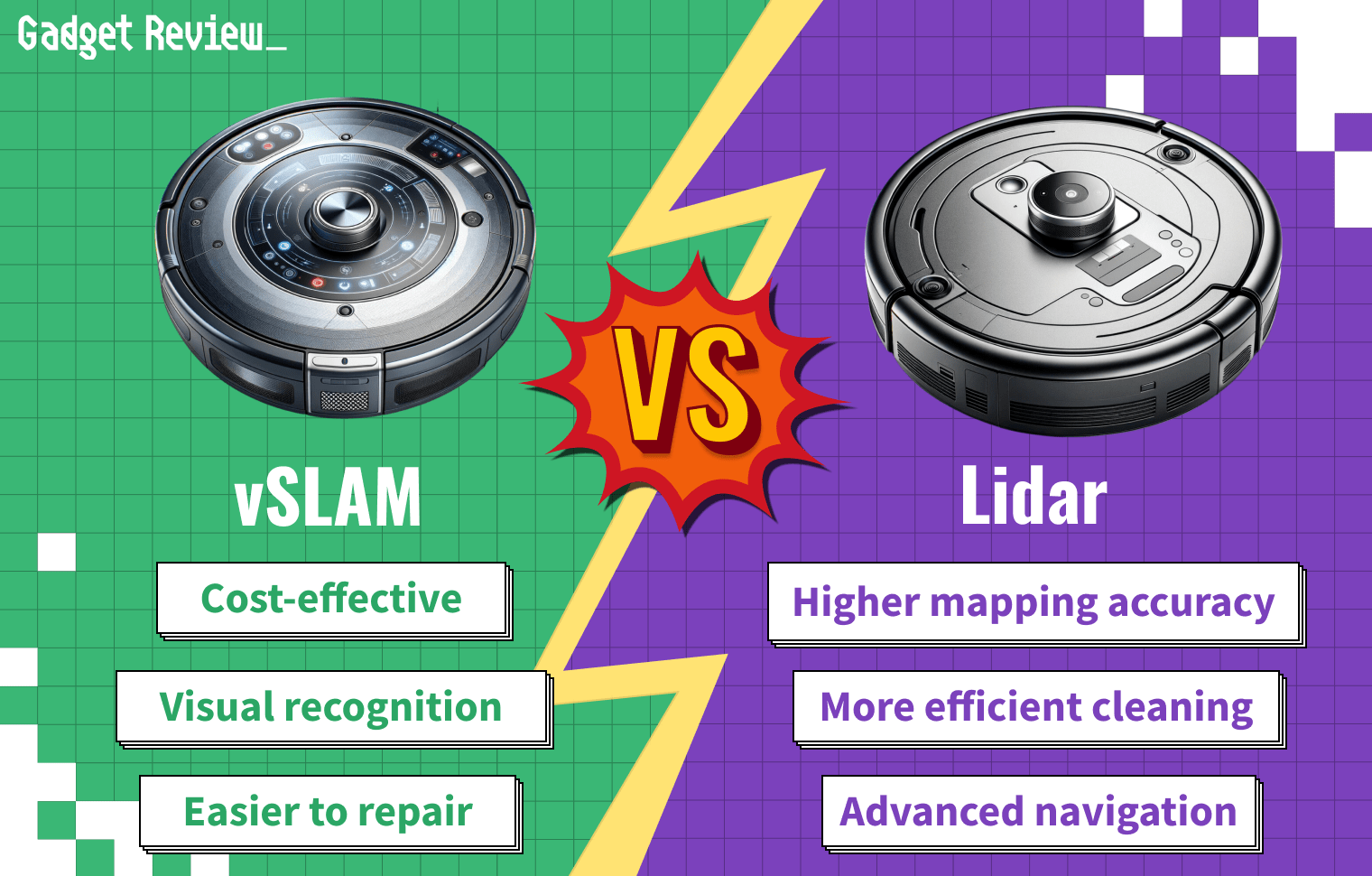When it comes to vacuum cleaners, suction power is the king. It’s what makes the difference between a spotless floor and a not-so-impressive cleaning job.
But all the technical jargon (like CFM, Air Watts, Water Lift) can get confusing.
This guide simplifies these terms and helps you understand a vacuum cleaner’s suction power.
What is Vacuum Cleaner Suction Power?
Simply put, suction power is how effectively a vacuum cleaner can suck up dirt and debris. It’s determined by:
| Measurement | Description | Details |
|---|---|---|
| Airflow (CFM) | The amount of air pulled through the vacuum. | Measures the air volume passing through the vacuum. Higher CFM means better cleaning efficiency. |
| Air Watts (AW) | The power used for suction. | The actual power used by the vacuum for suction. A higher AW number usually means stronger suction. |
| Water Lift (Inches of H20) | The vacuum’s ability to lift water indicates its strength. | This shows how well the vacuum can lift water, a good indicator of its suction strength. |
| Amps | The electrical current powering the vacuum. | Indicates the electrical power used by the vacuum. Important, but not the sole indicator of suction power. |
Understanding Vacuum Cleaner Suction
For more in-depth information on vacuum cleaner suction power, check out this video:
Vacuum Suction Power: Dust Classes and Filtration
Different vacuums are designed to handle various types of dust:
- Dust Classes (L, M, H): These classes show how well a vacuum can retain hazardous dust, with Class H being the most stringent.
- Filter Types:
- Filter Bag: Captures larger particles.
- Pre-Filter: Traps finer particles and is often self-cleaning.
- HEPA-Filter: Essential for trapping very small particles, crucial for air quality.
Motor and Performance
The heart of a vacuum’s suction power is its motor. But, a powerful motor doesn’t always mean better performance.
It’s about how well the motor works with other vacuum components to create effective suction.
Consumer Considerations
When you’re choosing a vacuum, consider:
- Suction Power: Balance between airflow, air watts, and water lift.
- Secondary Features: Look at filtration efficiency, noise level, and capacity.
- Personal Needs: Match the vacuum’s features with your specific cleaning requirements.
Certifications and Standards
Quality and safety are paramount. Look for vacuums with certifications like the GS-label and adherence to standards like EN 60335-2-69.
These ensure the vacuum meets rigorous safety and performance criteria.
Practical Tips for Consumers
- Product Registration and Maintenance: Register your vacuum and maintain it well to keep the suction power strong.
- Handling Suction Loss: If your vacuum loses suction power, check for clogs, full bags, or filters needing replacement.
Understanding suction power in vacuum cleaners is important before you buy one.
STAT: It’s estimated that 76% of people agree that one of the most important factors in choosing their next vacuum is suction power. (source)
Knowing what to look for, from airflow and air watts to filtration and certifications, you can choose a vacuum that meets your cleaning needs.
























